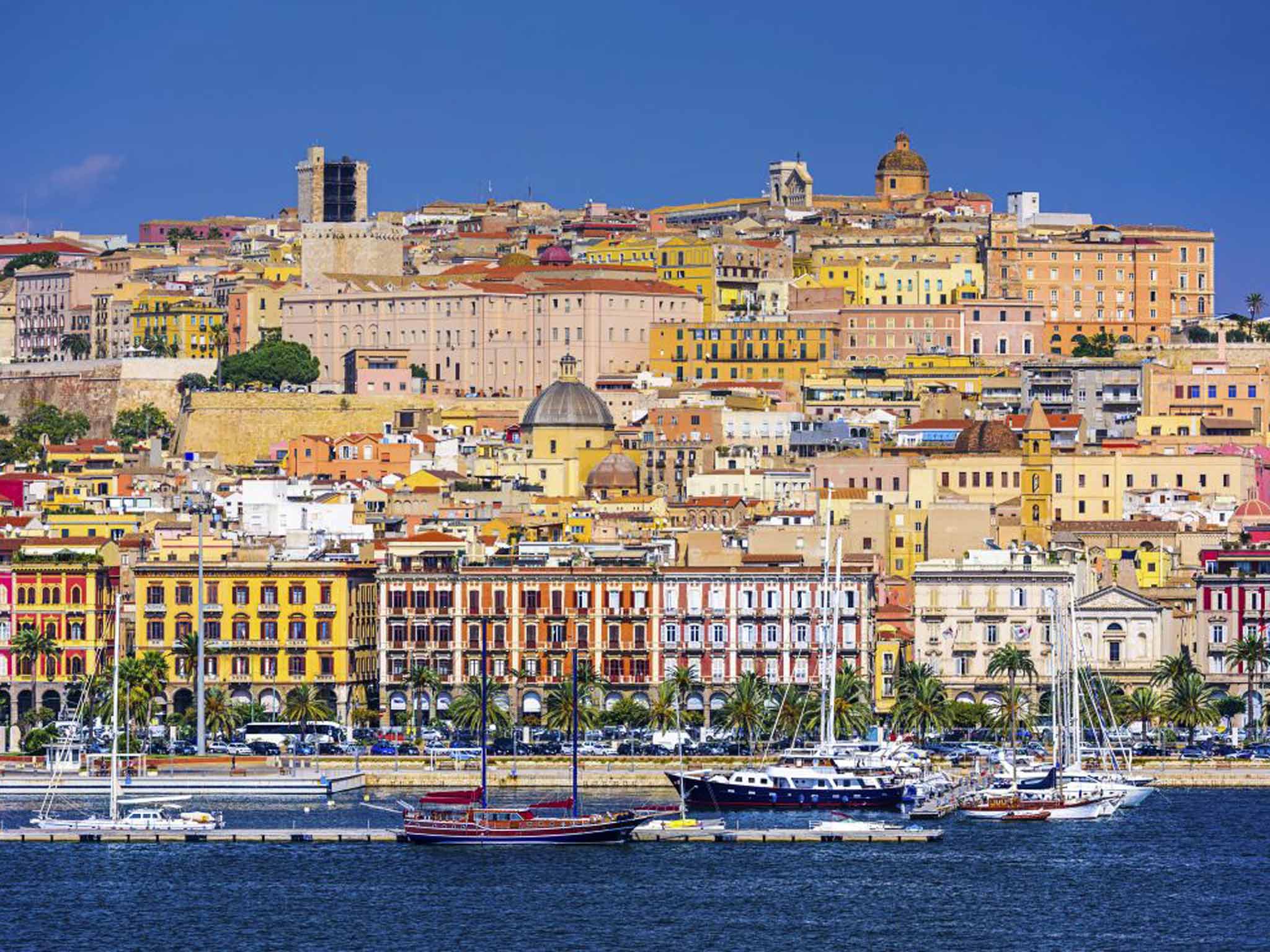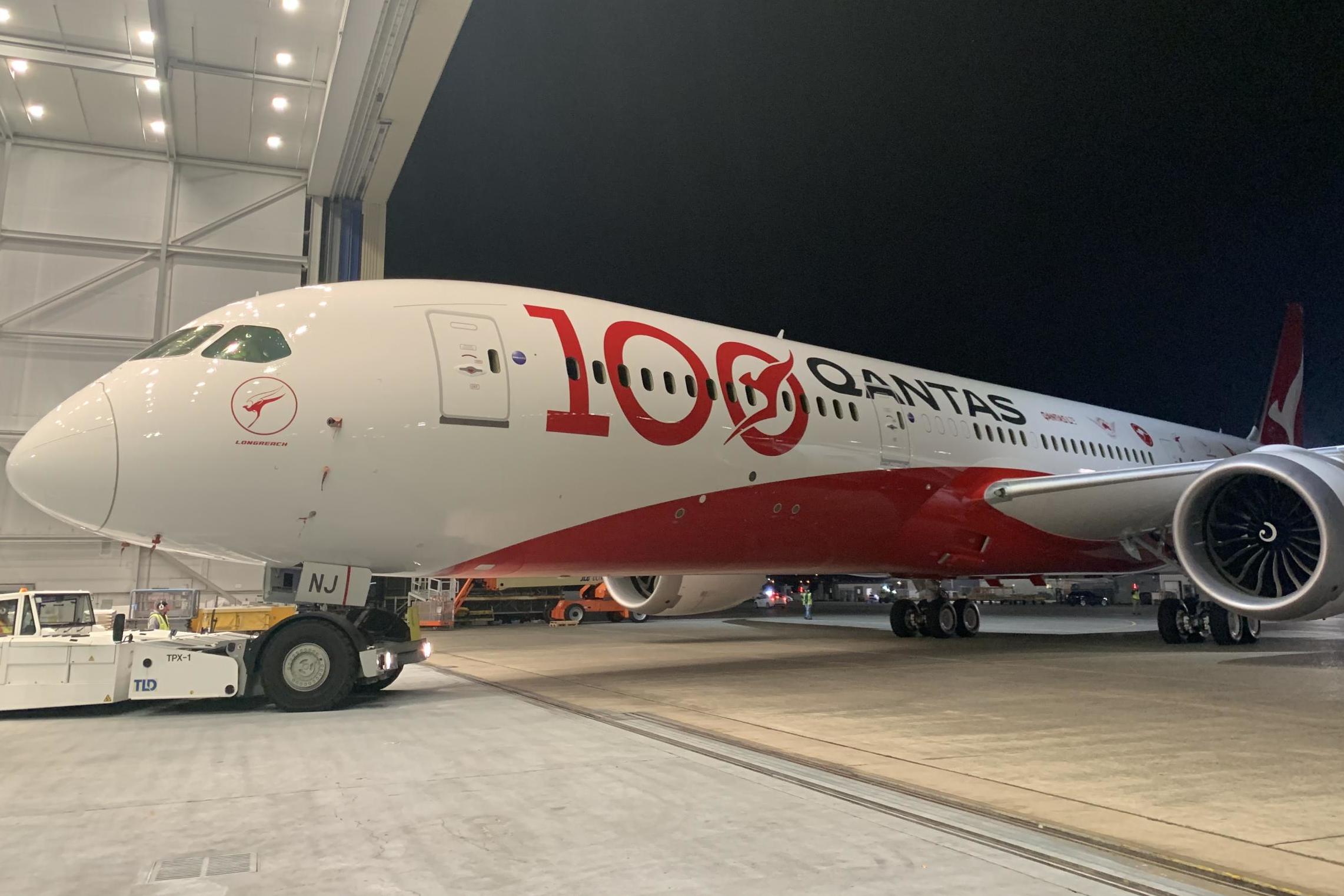What are the best destinations for post-Christmas fun in the sun?
Simon Calder answers your questions on holidays after the festive season, the situation in Bolivia and the Qantas nonstop flight to Sydney


Q You’ve recommended some great holiday destinations to me in the past and I’m short on ideas. Looking to go away for some sun between Christmas and new year with my girlfriend. We don’t mind being active but don’t have a huge budget.
Dan F
A Reliable sun on a low budget is always going to be a tough call during the festive season. But when Christmas Day and New Year’s Day fall in the middle of the week, as they do this winter, then starting on Boxing Day and ending on 31 December or 1 January is a sweet spot for travel. Fares are generally reasonable, with a spike over the weekend in the middle (Friday 27-Sunday 29 December) largely due to the packages that begin/end on these days.
So your timing is ideal. The only question is: where? Guaranteed sun means Egypt: the Nile Valley or the Red Sea coast. But regrettably there is not much choice of flights, partly because of the collapse of Thomas Cook. The same applies to the Canaries, with return fares well above £300. But may I persuade you to try Italy? I have been there several times between Christmas and new year, and recommend the country unreservedly. Transport and attractions are open and working, but the crowds have disappeared and hotel rates are low.
The cheapest fare for 26-31 December that I can find is £91 return between East Midlands and Bergamo in northern Italy. It is a charming small city and also close to Milan, which has plenty of cultural attractions.
Genoa’s coastal location is superb, as is the cuisine, and flights are on sale for £137 return from Stansted on Boxing Day, coming back on New Year’s Day. But personally I would choose Cagliari, capital of Sardinia, for a higher chance of sunshine and a few more degrees of warmth. The old city has a spectacular hilltop setting, there’s a beach nearby and you can escape into the mountains very easily. Ryanair will get you there and back on 26-31 December for £148.
You may want to hold out for a little longer because fares may actually fall in a week or two as Ryanair nudges prices down to fill seats. You can set up a Skyscanner alert and find out when fares fall (or, annoyingly, rise). While I normally recommend a package, in this case I think you will get better value on a DIY trip. The beautiful Marina di Castello B&B (bedandbreakfastcagliaricity.it) will sell you a double room for €400 (£340).

Q Can you give me some advice about how to contact El Alto airport in Bolivia, please? My husband travelled to the country at the start of the month but since then the situation has deteriorated quite dramatically. He is due to fly home from El Alto on Wednesday on an Amaszonas flight to Santa Cruz, thence on Air Europa to Madrid and on to Gatwick. I am hoping he can come back sooner but I don’t know if this is possible. I’ve rung the British embassy in La Paz and was told he needs to “stay safe”, which isn’t very helpful. I am struggling to know what else I can do.
Name withheld
A I imagine you feel very concerned and powerless, but I am not sure what a call to El Alto airport, which serves the capital La Paz, will achieve. As you no doubt know, the Foreign Office advises against “all but essential travel to Bolivia” and says: “If you’re in Bolivia, you should keep your departure options under review.” Like the response to your phone call to the embassy, that isn’t immediately useful.
But to try to ease your worries, let me analyse the situation as best I can. First, as far as I know, no tourists have come to harm since the political violence began. If it is any comfort, I travelled extensively in Bolivia in the early 1990s, when politics there was fairly turbulent, and again a decade later. There was certainly some tension but no sense of danger to me or any other traveller I met.
Next, not being easily contactable is an occupational hazard for visitors to Bolivia and other relatively poor Latin American nations. Mobile phone networks and the internet are rarely stable even outside spells of confrontation. No doubt your husband will contact you as soon as he is able to do so; meanwhile I urge you not to draw any conclusions from the lack of response.
There has been some disruption to El Alto airport. However the Amaszonas airline appears to be running a good service to and from Santa Cruz, the lowland city that is the real aviation hub of Bolivia. Although it is bigger than the capital La Paz, Santa Cruz is likely to feel calmer. Assuming your husband is able to reach El Alto airport, he might choose to pay an amendment fee to fly there early. I have just checked flights from La Paz for this week, and there appear to be seats available on all five daily departures to Santa Cruz.
The next flight to Europe is Tuesday night’s Boliviana departure to Madrid, but your husband’s booked flight is only 14 hours later. Unless there is serious disarray with Air Europa flights, I suggest he waits overnight rather than paying a fortune for new tickets on a different airline; his travel insurer may not look kindly on any claim.

Q When you covered the Qantas nonstop flight from London to Sydney, you mentioned that had the aircraft landed and refuelled twice, it would have had lower fuel consumption and emissions than a nonstop. Given there would be a total of three take-offs rather than one, wouldn’t a nonstop use less fuel and produce less CO2?
HalabyAero
A Last week’s flight from Heathrow to Sydney repeated an exercise that Qantas carried out in the 1980s: operating a near-empty Boeing jet on the 10,573-mile route between the biggest cities in the UK and Australia. One difference this time was that the twin-engined Boeing 787 used a lot less fuel than the gas-guzzling Jumbo 30 years ago.
But now, as then, one of the big problems with ultra-long-haul flights is that an awful lot of fuel is burnt carrying fuel for later in the journey. For the last hour at cruising speed over eastern Australia, the plane used about five tons of fuel – all of which had been flown 10,000 miles.
While taxiing and take-off use substantially more fuel than the cruise, for long flights this cost is outweighed by the savings made by refuelling along the way. The academic research I have studied can appear both contradictory and at odds with reality. One paper, for example, says that the optimum length for a flight is 2,500 miles. Another concludes that for any flight over 3,450 miles, an en-route stop halfway will reduce the amount of fuel consumed. Both these analyses suppose that there just happens to be the requisite runway at the appropriate distance.
Real-world figures, of course, depend on the location of suitable airports as well as the performance characteristics of the aircraft and wind patterns (basically favourable for London-Sydney, adverse coming back). I have made some calculations based on reports that the flight consumed 93 tons of fuel. With a stop one-third of the way along in Nur Sultan in Kazakhstan, and another at the two-thirds point at Cebu in the Philippines, total consumption – and CO2 emitted – would have been around 70 tonnes. In other words, going nonstop increased the cost, and the environmental impact, by about one third.
One UK newspaper report quoted the Qantas chief executive, Alan Joyce, as saying the nonstop “used about the same amount of fuel as a flight with a layover”. I haven’t done the sums fully on a single refuelling. But assuming a stop in Hong Kong – which happens to be exactly on the flightpath, about five-eighths of the way – it appears that the fuel burn would be around 85 tons.
Qantas has declined to supply any figures to support Mr Joyce’s assertion.
Email your question to s@hols.tv or tweet @simoncalder
Join our commenting forum
Join thought-provoking conversations, follow other Independent readers and see their replies
Comments